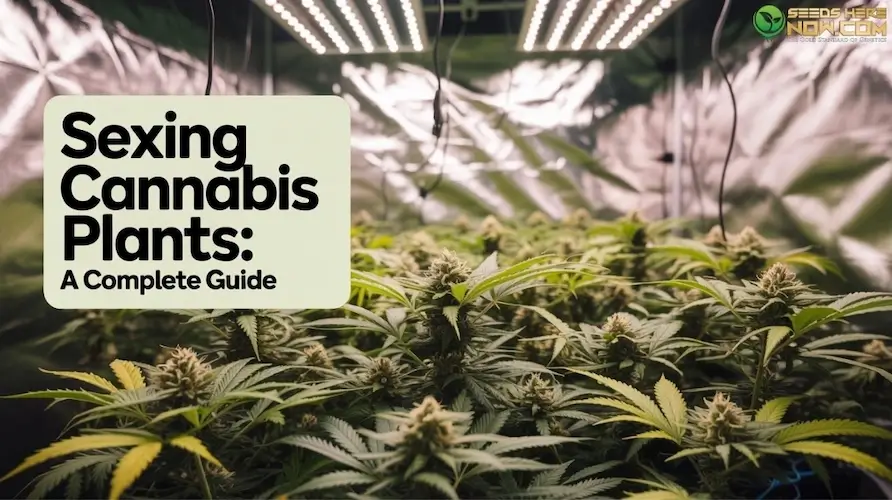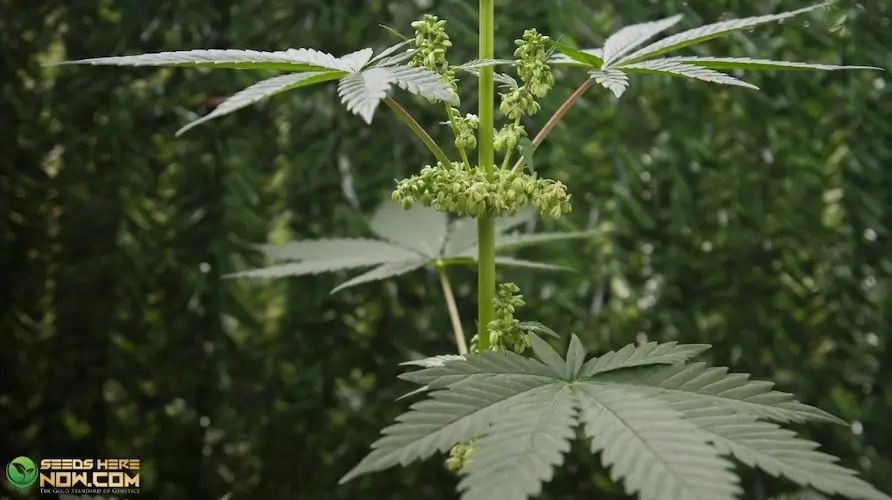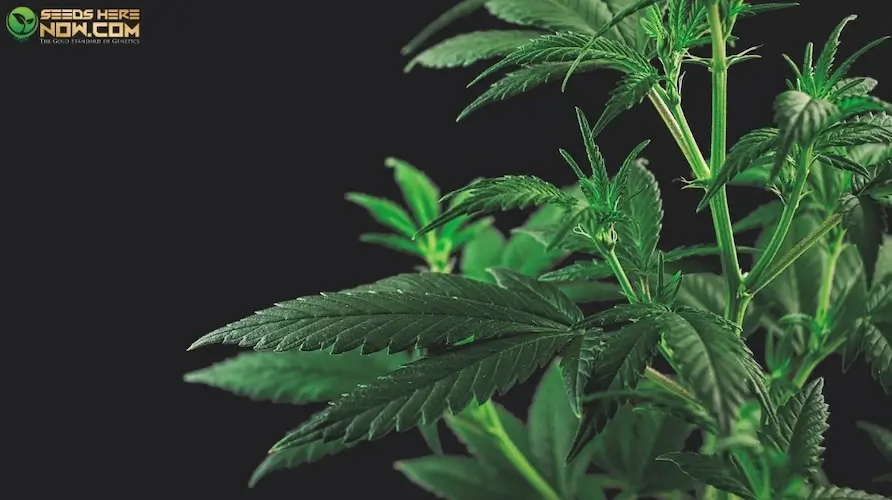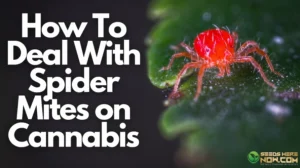Sexing Cannabis Plants: A Complete Guide for Growers

When it comes to cultivating cannabis, one of the most critical skills every grower must master is sexing cannabis plants—the process of identifying whether a plant is male, female, or hermaphrodite. Understanding plant sex early in the growth cycle can make the difference between a successful harvest and a ruined crop. In this guide, we’ll explore how to identify plant sex, why it matters, when to check, and how to manage each type to maximize your yield and potency.
Why Sexing Cannabis Plants Matters
Sexing cannabis plants isn’t just a technical step—it’s a fundamental part of growing healthy, productive plants. Cannabis is a dioecious species, meaning it produces separate male and female plants. Female plants develop the resinous buds prized by growers and consumers, while male plants produce pollen and are primarily used for breeding.
If left unchecked, male plants can pollinate females, causing them to divert energy from bud production to seed production. This dramatically reduces yield and potency, making early identification essential for anyone aiming to harvest high-quality, seedless cannabis (known as sinsemilla).
Understanding Cannabis Plant Sex: Male, Female, and Hermaphrodite
Female Plants
Female cannabis plants are the stars of the show. They produce the dense, trichome-covered buds rich in cannabinoids like THC and CBD. Female pre-flowers typically emerge at the nodes—where the branches meet the main stem—and resemble tiny teardrops with two white, wispy hairs known as pistils. These pistils are part of the plant’s reproductive system and are designed to catch pollen.
Male Plants
Male plants, while less desirable for flower production, play a crucial role in breeding. They produce pollen sacs, which look like small, round balls or clusters of bananas that face downward. If allowed to mature, these sacs will burst and release pollen, fertilizing any nearby female plants. This is why male plants are usually removed as soon as they are identified—unless the goal is to produce seeds.
Hermaphrodite Plants
A hermaphrodite cannabis plant develops both male and female reproductive organs. Hermies can occur naturally due to genetics or stressors such as light leaks, temperature fluctuations, or physical damage. They pose a significant risk because they can self-pollinate or pollinate neighboring females, leading to seeded buds. Removing hermaphrodites early is key to maintaining a seedless crop.
When To Start Sexing Cannabis Plants
The ideal time to start sexing cannabis plants is during the pre-flowering stage, typically around four to six weeks into the vegetative phase. At this stage, plants begin showing pre-flowers, which are the first indicators of their sex.
For photoperiod plants, switching to a 12/12 light cycle (12 hours light, 12 hours dark) triggers flowering and makes sexing easier. Autoflowers, on the other hand, will show their sex naturally within 3-5 weeks regardless of light schedule.
How To Identify Cannabis Plant Sex: Step-By-Step
1. Inspect the Nodes
Check the nodes—the areas where branches grow from the main stem. Pre-flowers typically appear here first. Use a magnifying glass if needed to get a closer look.
2. Look for Early Signs
-
Female: Small teardrop-shaped calyxes with two white pistils emerging.
-
Male: Round, ball-like pollen sacs with no pistils.
-
Hermaphrodite: Both pistils and pollen sacs on the same plant.
3. Act Quickly
Once you identify male or hermaphrodite plants, remove them from your grow space immediately to prevent accidental pollination. If breeding is your goal, isolate males in a separate, controlled environment.
How To Sex Cannabis Plants Early: Advanced Techniques
While waiting for pre-flowers is the most common approach, some growers prefer to determine sex as early as possible. Here are two advanced methods:
1. Taking Clones for Early Sexing
Take a cutting from each plant, label it, and place it under a 12/12 light schedule to force flowering. Once the clones reveal their sex, you’ll know the sex of the parent plant.
2. Genetic Testing
Some companies offer DNA sex testing kits that can determine plant sex as early as two weeks from germination. This method is fast and reliable but more costly.
What To Do After Sexing Cannabis Plants
Once you’ve identified the sex of your plants, your next steps will depend on your goals:
-
For flower production: Remove all males and hermaphrodites to prevent pollination and focus on nurturing females.
-
For breeding: Select your best males and females and carefully control pollination by isolating them.
-
For seed production: Allow males to pollinate selected females and harvest the seeds after they mature.
How To Avoid Hermaphroditism: Stress Management Tips
Since stress is a common trigger for hermaphroditism, maintaining a stable environment is essential. Follow these tips to minimize stress:
-
Keep temperature between 68-78°F (20-25°C).
-
Maintain humidity around 40-60%.
-
Prevent light leaks during the dark cycle.
-
Avoid over-pruning or physical damage.
-
Provide consistent nutrients and water schedules.
Common Mistakes When Sexing Cannabis Plants
Even experienced growers can make errors. Here are the most common mistakes to avoid:
-
Sexing too late: Waiting too long can result in accidental pollination.
-
Misidentifying pre-flowers: Mistaking early leaf growth or stipules for pre-flowers can lead to premature plant removal.
-
Ignoring hermaphrodites: Even one missed hermie can seed an entire crop.
FAQs About Sexing Cannabis Plants
How long does it take for cannabis to show its sex?
Most cannabis plants begin showing pre-flowers between four to six weeks into the vegetative stage, though autoflowers may reveal their sex sooner.
Can you change a plant’s sex?
No, cannabis sex is genetically determined, although environmental stress can cause a female plant to become hermaphroditic.
What happens if a female is pollinated?
Once pollinated, female plants divert energy from bud production to seed production, resulting in lower yields and reduced potency.
Are feminized seeds always female?
Feminized seeds are bred to produce female plants more than 99% of the time, but stress can still cause hermaphroditism in rare cases.
Final Thoughts: Mastering the Art of Sexing Cannabis Plants
Learning how to sex cannabis plants is one of the most important skills you can develop as a grower. Early and accurate identification allows you to maximize yields, prevent accidental pollination, and maintain the quality and potency of your harvest. Whether you’re growing for personal use or running a commercial operation, mastering plant sexing is a cornerstone of successful cannabis cultivation.
Now that you know the art of sexing cannabis plants, shop the collection of regular, feminized, and autoflower seeds at Seeds Here Now.
Suggested Articles
;)
;)
;)






 27 Sep 2025
27 Sep 2025  8 min read
8 min read


 June 09, 2022
June 09, 2022 


RESPONSES (0)
No responses yet. Be the first to respond!